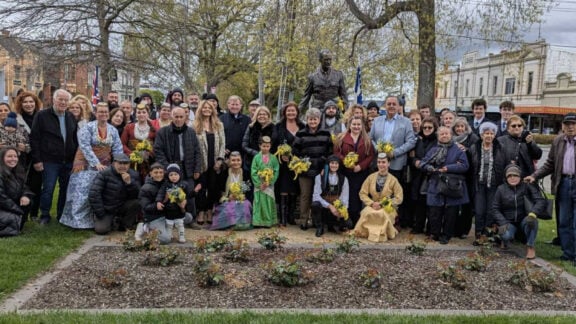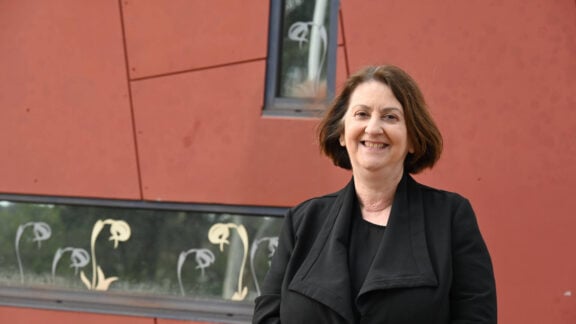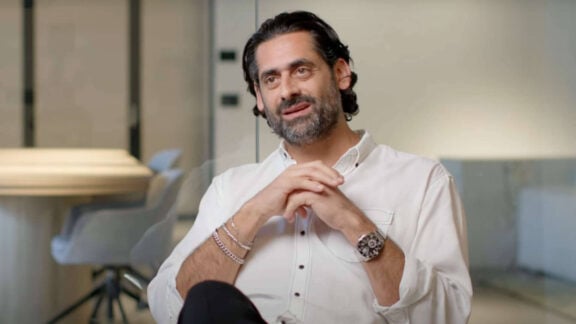A Coalition for Housing the Homeless First Agenda has formed, similar to Finland’s successful campaigns that led to their Housing First Approach, culminating in a radical reduction of street present homelessness in Finland. The Housing the Homeless First Agenda is a ramping up of the best ways forward to eradicate Australia’s high rate of street present homelessness.
The COVID-19 pandemic has highlighted the unjustifiable neglect of Australia’s street present homeless, a brutal predicament similarly around the world.
Extraordinarily, Australia, one of the world’s wealthiest per capita nations, has the OECD’s third highest homeless rate. Surprisingly, the highest homeless rate in the OECD languishes with New Zealand. What will at first be presumed unimaginable by many, is both New Zealand and Australia reporting higher rates of homelessness than the United States of America. The USA maybe much harsher on its poor and homeless but nevertheless proportion to population Australia and New Zealand have more homeless.
The COVID-19 pandemic has exposed Australia’s near total neglect of our street present homeless who nationally number thereabouts 10,000 to 15,000; roughing it on curbs, alleyways, parks, benches, and other outdoor squats and traps. The majority of Australia’s street present homeless were not interim sheltered by our Governments during the worst stretch of the coronavirus scare. We had a government and media endorsed state of fear, of the contagion, potentially spreading like wildfire. We had in effect martial law, and with never-before-seen rapidity a suite of law enforced measures including lockdown to one’s residence. However, there was a leak in the boat- the homeless.
Despite nearly 400 chronically homeless individuals sheltered interim across Adelaide since the pandemic began, their stay is not indefinite. Despite the NSW Government sheltering thereabouts 1,000 individuals, from the thousands homeless, it’s only for 30 days. Right across the nation it’s all short stay, interim and then back to the streets. In WA, shamelessly, less than 20 homeless individuals from Perth and wider Perth regions, from thereabouts 1,000 street present homeless have been put up in a hotel for up to 30 days.
READ MORE: Homeless support services under strain during coronavirus pandemic
We cannot sit idly by, an idleness of the most inexcusable reprehensibility, and continue to leper the homeless. We are past the peak of COVID-19, and the flicker of light shone on homelessness must become a beacon and civil society must not let our governments escape their responsibilities to our sisters and brothers.
We must go hard and fast, as did Finland with a housing the homeless narrative, rather than enabling homelessness as Australia shamefully has been doing unabated, uninterrupted decades after decades. Our responses to homelessness must not continue piecemeal and ad hoc to the symptomatic and instead we must galvanise the realistic ideal of ending homelessness.
Right now, in Perth, my hometown, but with similar stories across the nation, we have a homeless mother, five months pregnant, and with a 2-year-old. This should not be Australia. But it is. We have children on the streets, a perverse abomination, an indictment of the hearts and souls of our parliamentarians, of the lack of political will. According to the Australian Bureau of Statistics, nearly 20 percent of Australia’s homeless are children aged 12 years and less. Last November and December, the National Suicide Prevention and Trauma Recovery Project assisted with interim accommodation for five homeless pregnant women. We have since secured permanent housing for all five women and their newborns. Had it not been for out intervention, the social return of keeping these mothers with their babies would have been lost, had they remained homeless as child protection authorities would have removed the newborns from their nurture. Where there is a will, everything is possible.
The potential housing of the homeless thus far majorly relies deplorably on the eviction of families from social housing. This horrid cycle contingent on evictions is also an indictment of our Governments. Rudimentary psychosocial support services that once were in the 1980’s have been stripped and we have today as a result more homeless than ever before.
READ MORE: Dozens of Greek Australian homeless people
The narrative must change, and the shift must be with calls herewith for a ramping up of social housing supply to at first radically reduce street present homelessness and in an uninterrupted journey ultimately to eradicate street present homelessness. The supply of this social housing must be diversified to meet not only independent living but also for supported living for people with complex needs. There must be a reintroduction of all the psychosocial supports and services that have been withdrawn during the last three decades. There must also be a focus on self-determining values, the skilling up of residents once homeless, managing their affairs, so they are free from disempowerment, so they succeed.
With all forms of homelessness, according to the Australian Bureau of Statistics, there are nearly 120,000 individuals throughout this continent in some form of homelessness. Many of us, including Homelessness Australia, believe this harrowing toll to be much higher, in fact as high as 300,000. Most household Australians do not know that one-third of our homeless are of the migrant born. The majority of this one-third relatively newly arrived, with a likely median of five years in Australia. One in four of the homeless are descendants of the First Peoples of this continent. Thereabouts half the homeless are less than 25 years of age. Australia’s homeless toll, every year without exception during the last three decades has been increasing, for younger and older. We estimate the 300,000 homeless toll within a decade in a half will surpass half a million. Those vulnerable to homelessness, who wait on social housing will also become many more. There are thereabouts 150,000 applications for social housing and this translates to thereabouts half a million people on the waiting lists. Once again most household Australians do not know that social housing comprises less than five percent of Australia’s households. There are almost ten million households in our nation, but just over 400,000 public rental homes.
Our poorest citizens are the homeless, and thereafter the homeless are those who live impoverished in social housing. The only way to galvanise and sustain the political will with a people-first approach to sheltering every human being in Australia’s societies is for many more of us to argue and prosecute the case for such dignity as the minimum standard, presuming that shelter, a roof over ones head, is truly an inalienable universal right.
Since the mid 1980’s Finland has tackled homelessness steadfast continuously. As a result in recent years Finland is the only country in Europe where homelessness has decreased, hence the political will. It does not take long, if there is a will. The Finnish Housing First Approach was introduced in 2007, that’s not long ago. It began with four individuals who campaigned for a solution for the most vulnerable. Subsequently the Finnish media relentlessly focused on the campaigns of these four individuals; a cultural shift ensued and hence the Finnish Government shifted its policy formulations on a housing first approach.
READ MORE: Greek Orthodox church seeks community assistance to keep homeless warm this winter
Today, there are almost no rough sleepers in Finland. This could be, and should be Australia within less than a decade.
The Coalition for Housing the Homeless First Agenda, is swelling in numbers and support, just weeks after being formed, but it also began with four individuals, myself, with Megan Krakouer from The National Suicide Prevention & Trauma Recovery Project, with Lanz Priestley from Sydney’s 24-7 Street Kitchen and Safe Space Community, and Jesse Noakes from Daydawn Advocacy Centre.
Babies and children, vulnerable young and older should not be hostage to the street present homelessness. The grim realities of the streets, in the scary miserable dark of the nights, are inescapable sexual predation and various violence, the worst of living.
Gerry Georgatos is the national coordinator of the National Suicide Prevention & Trauma Recovery Project. Gerry can be contacted at coordinator@suicidepreventionnationnal.com.au and 0430657309









